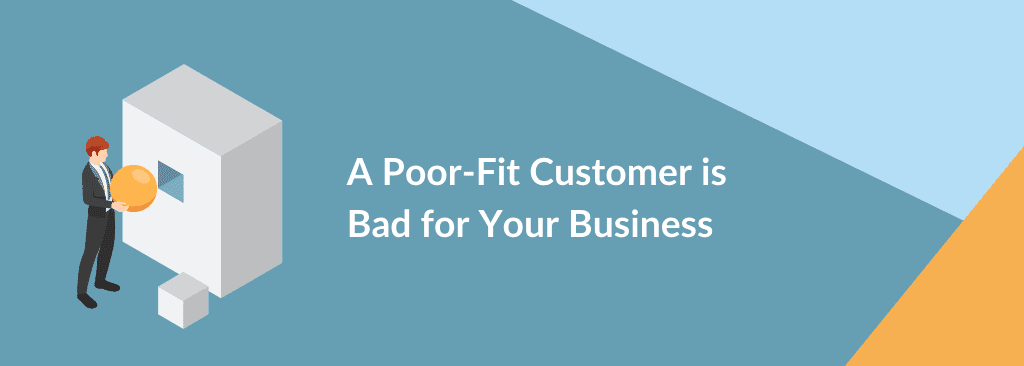Why a Bad-Fit Customer Is Not Good for Your Business, Employees, and Customers?
I have a friend who is in the business of restoring heritage homes. He has restored more than 100 homes to date and ensures its upkeep and maintenance. He believes in providing exceptional customer service.
He took up all the restoration, maintenance, and upkeep works that came his way. At any given time, he simultaneously addresses at least 20 customers’ needs with his large team. While his business is profitable overall, it is not profitable at a project level.
That’s when he decided to relook at the projects he was doing. He understood there were three key challenges:
- He could not estimate to the last paise as these are heritage homes. His estimates, at times, went horribly wrong.
- He could not estimate the time that it took to restore because of the nuances involved in heritage homes. So, every additional day meant additional labor costs for him.
- There was a gap in the requirements provided by his customers and their expectations. This resulted in unhappy customers.
Besides, the customers demanded immediate service at negotiated costs. This brought down the profitability of the projects, and it also added a lot of stress for their project coordinators, engineers, and workers.
Among the twenty customers that he was handling then, he understood that he had one of the three challenges with six of them. He spoke to them transparently and explained to them. A couple of them agreed to align their expectations with the work’s practical nature and agreed to pay extra for the additional work.
The other four did not agree. He decided to drop those four customers, and he explained to them clearly why it would be difficult for him to continue the engagement and came out of the relationship.
He came out of these poor-fit relationships. Now, he is doubly cautious whenever he gets an opportunity, and he explains all of the variables to the customers before agreeing to restore or maintain the properties.
This reminded me of the folklore in the early 1990s, when Infosys decided to walk out of their engagement with GE, their largest customer then. Infosys took this decision because they didn’t want to compromise on the quality of the project and the margins. This was considered a bold decision, and Infosys reaped rewards with their business growth after that.
A poor-fit customer can cause a lot more damage than long-term profitability. They can cause emotional damage that leads to attrition among customer service representatives. Besides, it would result in brand and credibility risks and misallocation of resources.
How Do You Identify a Bad-Fit Customer?
Customer service and customer support are the two best functions that quickly identify a poor-fit customer. These customers would ask for over customization, custom-made solutions, and enormous service time. They typically turn out to be the loudest mouths, and as is the practice with most customer service and support functions, the loudest ones get their attention.
You should encourage your customer service and support to be objective and raise red flags whenever they see signs of poor fit. More so, when their expectations are beyond what you have promised as your SLAs and support contract.
This would allow you to stop prioritizing poor-fit customers and proactively end the relationship with them on your terms.
Customer service would be the flag bearer in identifying poor-fit customers. The associated customer data can help you decide whether you want to grow your customer, retain them or break up with them. You should capture all of your customer interactions across channels and make sense of the data that would help you make decisions.
When the cost of retaining poor-fit customers eclipses the cost of acquiring good-fit customers, then you should walk out of the relationship proactively. Gartner predicts that 75% of the companies will break up with poor-fit customers.
This breakup should be the responsibility of cross-functional teams though customer service and support are the first ones to get exposed to the poor fit.
